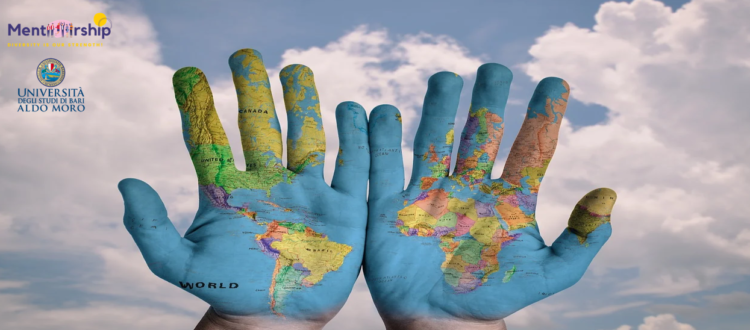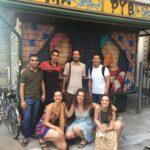Migration and inclusion in the era of globalization: dynamics, approaches and new perspectives
«Material or mental borders, of lime and brick or symbolic, are sometimes battlefields, but they are also creative workshops of the art of living together, of the grounds in which the seeds of future forms of humanity are thrown and sprout (consciously or not).»
(Zygmunt Bauman)
In recent decades, migration has been strongly influenced by globalization. But what does globalization mean? The definitions and explanations are numerous.
In the Treccani dictionary, we read: “a very broad set of phenomena, connected with the growth of economic, social and cultural integration between the different areas of the world”. The Italian sociologist Luciano Gallino, instead, defines it as a “production of globality”, a complex process that involves States, international organizations, pressure groups and multinationals. They act simultaneously and systematically to expand the market economy to the whole globe, but also organizational models of production, labour market, technologies, politics and media.
The migratory field, as mentioned, did not remain untouched by these dynamics. The “unstoppable process of globalization”, as the sociologists Zygmunt Bauman and Marc Augé affirm, had a large impact on migration, which today represents one of the most powerful accelerators of both social and economic changes. Immigration is a key reason for social transformation and is crucial, today more than ever because it affects not only certain areas but the entire world. We are not only considering migrants but the overall structure of the society in which we live. Migrations have become globalized, as the number of countries involved in the phenomenon has increased in the world; they are also extremely various, just like the types of migrants: refugees, migrants for work, reunited family members etc. The quantitative increase of migrations is pushing governments to tackle the issue urgently in legislative terms; anyway, it is evident that they are struggling to find an adequate and effective political regulation.
Among the main consequences of the phenomenon, there is a greater linguistic, ethnic, cultural and religious heterogeneity the host societies must consider. The migration issue is complicated because it is transversal and because it involves several areas of the public and social sphere. Since it becomes structural and endemic to globalization, it is essential to manage it in the best possible way, especially to ensure inclusion and social integration. Social integration itself is a multidimensional and interactive process: it is imperative to try to understand the specific characteristics of current migrations and to design a complete social integration path at multiple levels.
Several scholars such as Wolf R. Böhning, Stephen Castles and Albert Bastenier have developed many theoretical models of inclusion in destination societies. However, it emerges that integration processes always involve two actors: migrants, who must strive to adapt to the new environment, and the host society, which should facilitate this process. Another fundamental problem to be solved concerns the acquisition of rights: this should represent the starting point of a more complex dynamic of social participation, rather than an endpoint.
The ideal strategy, therefore, should be structured and declined in a global perspective, to provide decision-making effectiveness and political (and financial) tools for concrete intervention and control.
Sources and further readings:
- Sara PETROCCIA, Between Global and Local: Citizenship and Social Change, 2017.
- Towards 2035. STRATEGIC FORESIGHT. Making Migration and Integration Policies Future Ready, https://www.oecd.org/migration/mig/migration-strategic-foresight.pdf
- The integration of migrants from outside the EU. Briefing Paper, https://www.eca.europa.eu/Lists/ECADocuments/Briefing_paper_Integration_migrants/Briefing_paper_Integration_migrants_EN.pdf
- Global Compact for Migration, https://www.iom.int/global-compact-migration
- Globalizzazione e immigrazione. L’immigrazione come ‘res politica’: diritti, cittadinanza, sovranità. http://www.simiroma.org/Baggio/Materiali%20TS%20212/De%20Lucas.pdf


